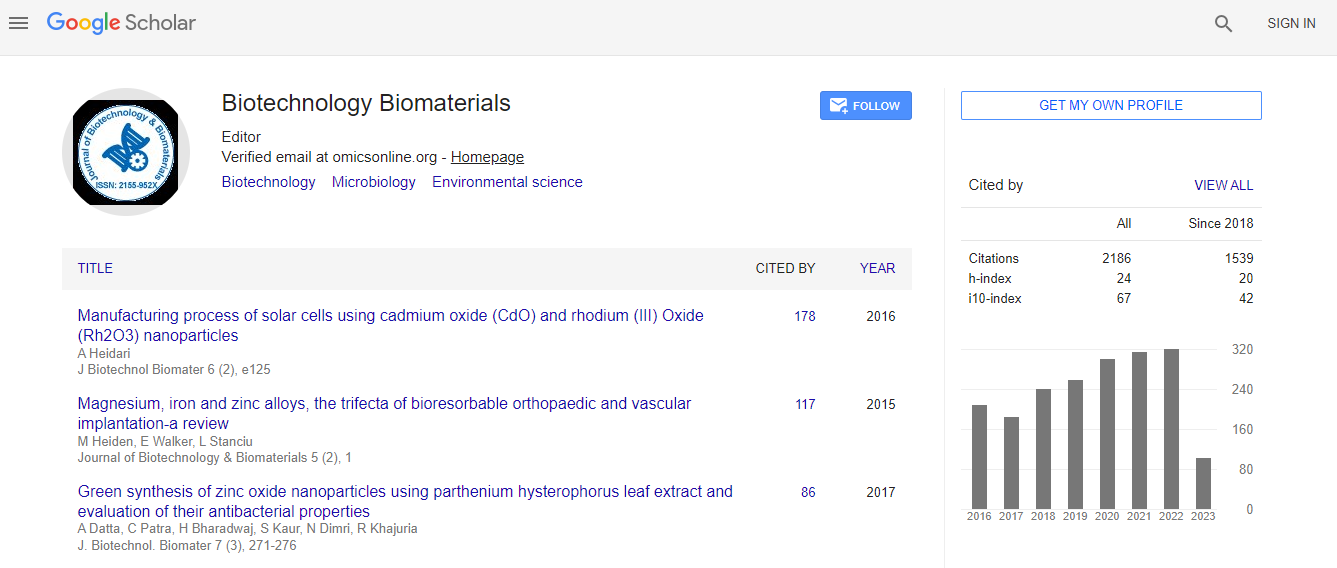3D-printed microfluidic systems for cell culture and biotechnological applications
*Corresponding Author:
Copyright: © 2020 . This is an open-access article distributed under the terms of the Creative Commons Attribution License, which permits unrestricted use, distribution, and reproduction in any medium, provided the original author and source are credited.
Abstract
The development of microfluidics and “lab-on-a-chip” (LOC) systems offer a tremendous potential for a wide range of applications in biotechnology and bioprocess engineering. There is a constant interest in the use of microfluidic devices for biotechnological applications due to their capability to enable precise and rapid manipulation of cells and other biological samples. The advantages of miniaturized systems include small sample volumes, low reagent consumption, the possibility of systems parallelization and automation as well as a strictly controlled and reproducible environment. Three-dimensional (3D) printing technologies represent an attractive alternative to conventional micro fabrication techniques due to their great potential for the production of complex structures in high resolution and in a short period of time. Therefore, 3D printing is particularly advancing the development of LOC prototypes. In addition, biocompatible 3D printing materials are emerging that can be used for biological applications (e.g. cell cultivation). Here we present some examples of 3D-printed microfluidic systems that can be directly integrated into bioprocesses. 3D-printed micromixers allow a fast and homogeneous mixing of cells, particles and detergents. Through the integration of 3D-printed spiral separators, a continuous separation of CHO cells is achieved at the end of cultivation. In addition, 3D-printed biosensor systems have been developed for the online detection and monitoring of analytes in cell culture processes. 3D printing and the availability of biocompatible printing materials is facilitating the development of individual LOC prototypes and microbioreactors, which can also further bioprocess development.

 Spanish
Spanish  Chinese
Chinese  Russian
Russian  German
German  French
French  Japanese
Japanese  Portuguese
Portuguese  Hindi
Hindi 
